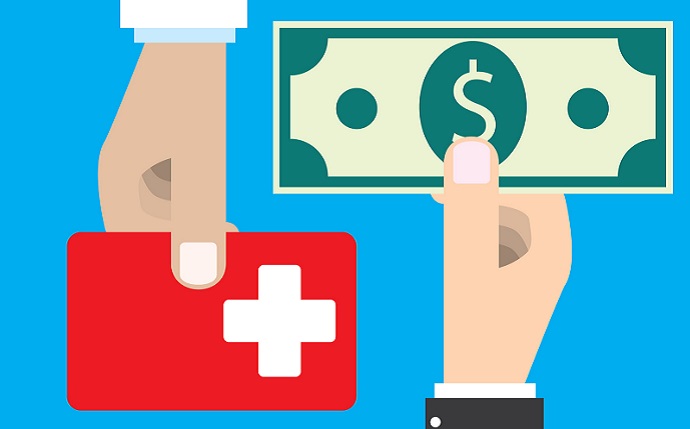Rising Prices Led to Higher Patient Healthcare Costs
The US saw a more than 20 percent increase in patient healthcare costs over five years for individuals on employer-sponsored health plans, largely due to unit price increases.

Source: Getty Images
- Despite a decline in healthcare utilization, patient healthcare costs and out-of-pocket spending has increased for individuals on employer-sponsored health plans due to high prices, according to the Health Care Cost Institute’s (HCCI) annual Health Care Cost and Utilization report.
HCCI analyzed medical and prescription drug claims from 55 million individuals who were under age 65 and on an employer-sponsored health plan between 2015 and 2019.
Researchers found that the average annual healthcare spending for these individuals in 2019 was $6,001 per person. Healthcare spending also increased by 21.8 percent from 2015 to 2019, amounting to $1,074 more per person. Out-of-pocket healthcare spending increased by $91 per person during that time. Utilization of healthcare services declined in 2019 though, indicating that rising prices are the main reason for the increase in spending.
Hospital spending increased by 14.4 percent during the five-year period despite a 12.5 percent decline in utilization. Hospital prices, however, increased by around 30 percent, according to Niall Brennan, president and chief executive officer of HCCI.
The HCCI report focused on four categories of healthcare services: professional, inpatient, outpatient, and prescription drugs, to gauge spending trends.
The cost of professional services increased by 10.5 percent from 2015 to 2019. Utilization only increased by 3.9 percent, and spending rose 14.8 percent. Professional services accounted for half of all out-of-pocket healthcare spending in 2019, according to the report.
Inpatient services saw a decline in utilization in 2019 but spending per person increased by 14.4 percent over five years. Inpatient admission prices escalated at the highest rate, with a 30.8 percent increase.
Healthcare spending on outpatient services had the highest spending increase over five years, with a 31.4 percent climb, perhaps due to the combination of a 7.3 percent utilization increase and a 22.5 percent hike in prices.
The last category, prescription drugs, was the only service that saw a higher growth rate for utilization than price increase. Utilization rose 13.6 percent while point-of-sale prices, calculated before any manufacturer rebates, increased by 13 percent between 2015 and 2019. These increments resulted in prescription drug spending increasing by 28.4 percent.
“While most of the world’s focus appropriately remains on the COVID-19 pandemic, the fact remains that healthcare spending in the US continues to grow at unsustainable rates,” Brennan stated in the press release. “Unit price increases continue to drive increases in spending.”
Despite spending the most on healthcare, the US ranked the lowest on health equity, access to care, health outcomes, and administrative efficiency in the Commonwealth Fund’s 2021 Mirror, Mirror report.
The US had the highest mortality rates and the lowest life expectancy after age 60 compared to ten other wealthy countries.
Experts have predicted that overall out-of-pocket healthcare spending will increase by 9.9 percent through 2026. High healthcare costs could lead to patients forgoing care and other services such as COVID-19 testing.
Though, as the HCCI report showed, a decline in healthcare utilization is unlikely to hamper high healthcare spending as long as prices continue to rise.
